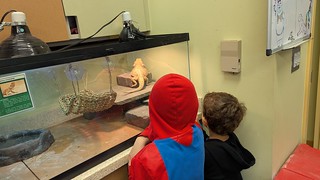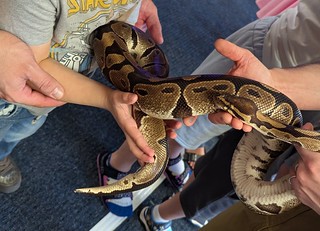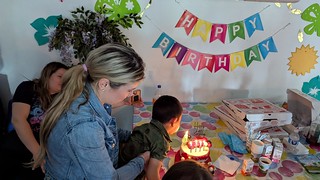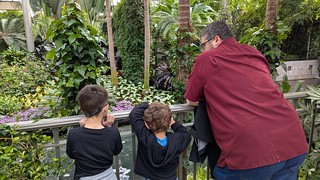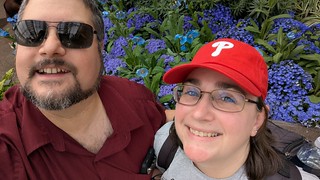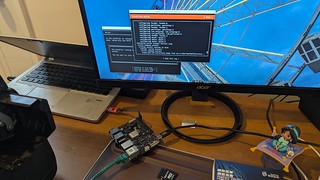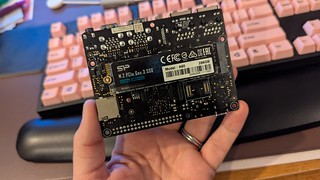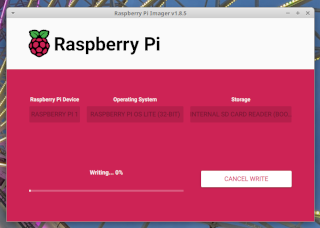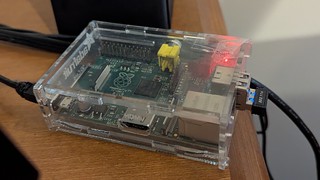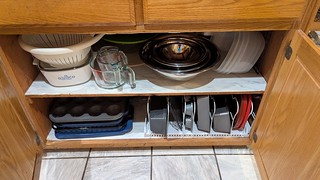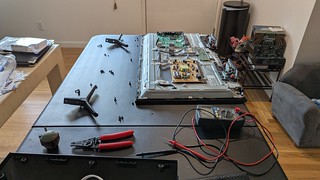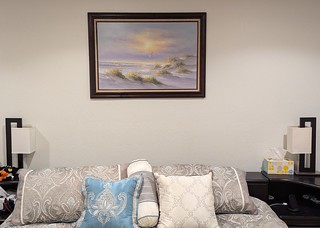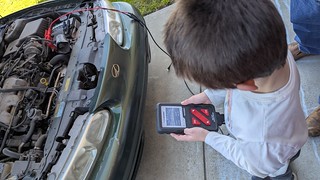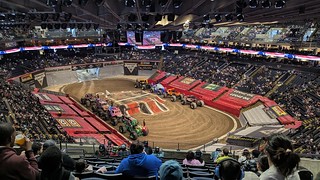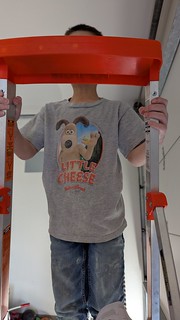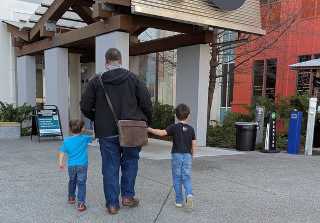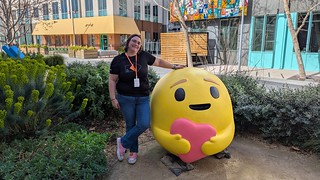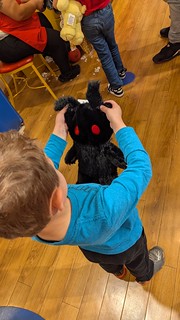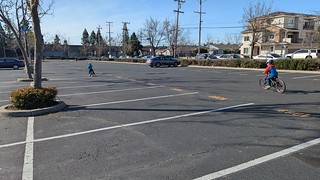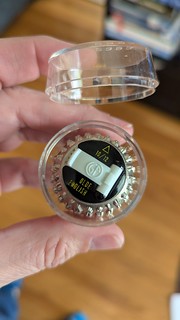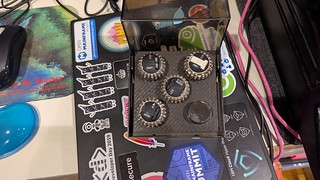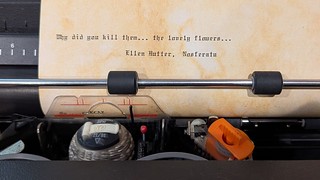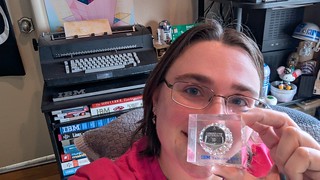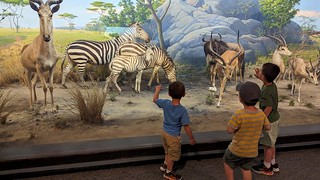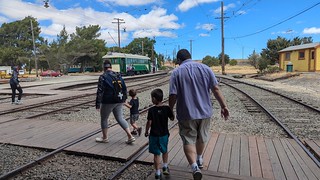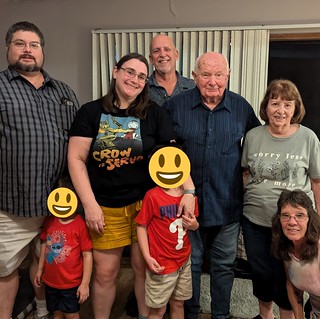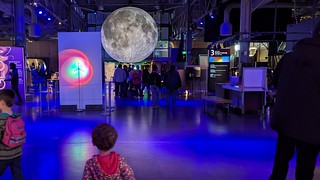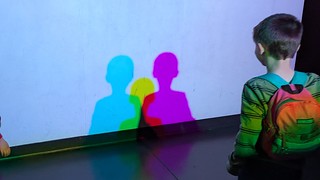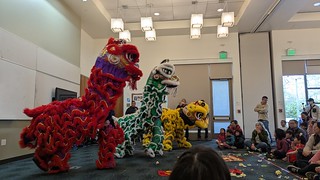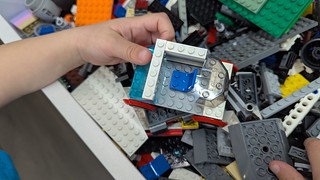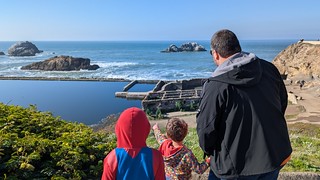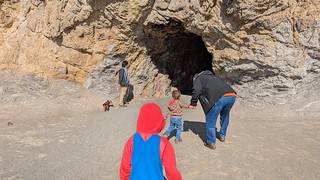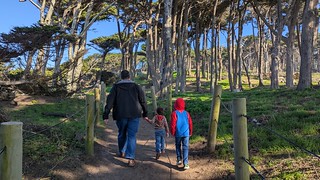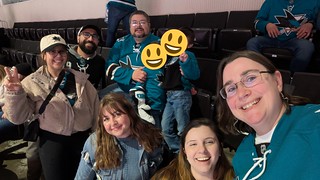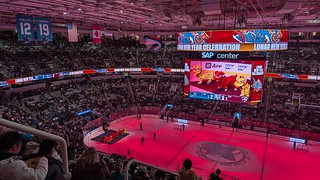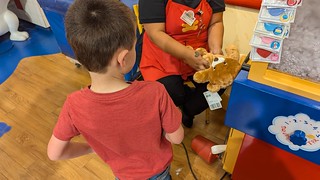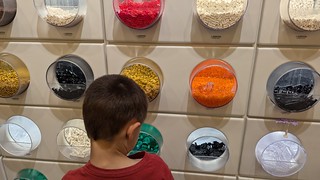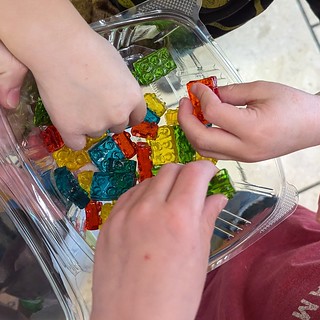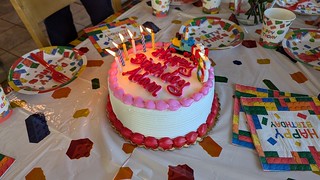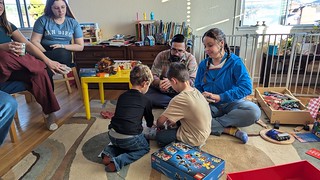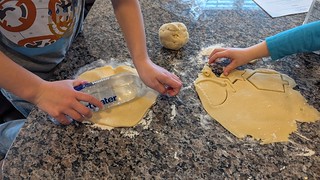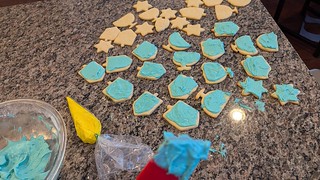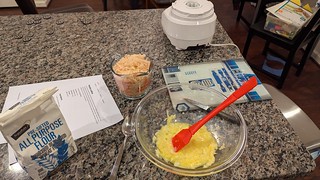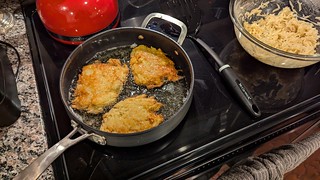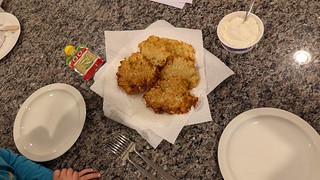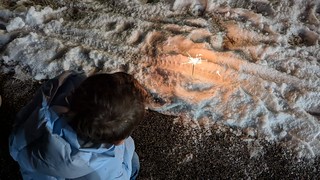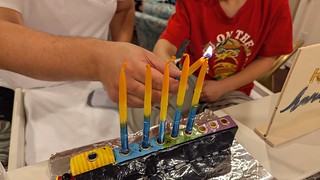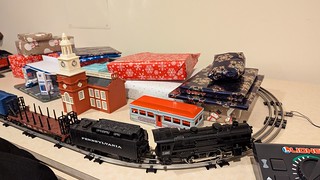Spring break from school landed over the end of March and into April and we took the opportunity to add on a second week and spend the time in Philadelphia.
We got in on a Friday night, and the next day the Churchville Nature Center happened to be having a day of activities for members. It was a nice, local thing to do with all of us feeling a bit tired. They had animal caretakers out with some of their snakes, reptiles, and turtles, and several activities for the kids to engage with. The boys got to touch a turtle shell and a snake skin, and they both were quite fond of the bearded dragon.
Over the week we lucked out with great weather, so the boys spent a lot of time outside with their au pair, but also enjoyed indoor activities and toys they hadn’t played with in a few months. I’m glad they were occupied, as I was in the midst of a very busy time at work with a major product launch on the horizon and two major projects I’m working on barreling in on their concluding phases. I wish I could have spent more time with family, but I was simply inundated. MJ had his best friend come into town, and even her I didn’t see much as I was sequestered in my office, and then working a couple late evenings while she spent time with MJ.
The next weekend we were fortunate enough to be in town for cousin Sammy’s birthday. Amusingly, it was at another nature center, so the boys definitely got their fill of local critters on this trip! Aaron got to pet a snake, hold a friendly cockroach, and feed a tortoise. Everyone got to enjoy beautiful cake made by Aunt Yilia.
Throughout our stay it was nice to have their grandfather stop by a few times to play with the boys, and go out with Irina and Sammy a couple times. One day we went to the library, where I worked from for a couple hours. Libraries continue to be a reading lifeline for me, as I was able to continue reading a large book I started on the west coast without having to haul it across the country, a quick search showed which nearby branch I could pick it up at without even having to do a transfer. And yes, I realize ebooks exist, I have a Nook and a Kindle! But it’s not my preferred experience.
On our last full weekend there I was clued into the Himalayan blue poppy blooming at Longwood Gardens, and we decided to make a day of it. Our kids love gardens and flowers, and I’m a big fan of the sprawling Longwood Gardens, having formed many pleasant memories there. It was about an hour long drive, but Adam and I hunted for colorful cars to complete a rainbow and Aaron took an unapproved nap. Disappointingly, it was too early in the season for any of the fountains to be on, but we did get to enjoy the tree houses and all the springtime blooms starting to come up.
And then there were the blue poppies. I’m not actually one to chase flowers, but these ones are breathtaking and difficult to grow, so I was really happy to get to see them.
It was my first time being in the area for children, because the last time we were at Longwood Gardens was nearly 7 years prior, when I was pregnant with Adam! They also redid the bonsai tree area since I last went there, so that was nice to visit. It was a tiring day for everyone with a lot of walking, but I think we all enjoyed it.
MJ and I got out on a rare date night while we were in town. The final Tuesday we drove down to Philadelphia to eat at Buddakan, one of our favorites. I made my way through a sake sampler and a cocktail as we enjoyed various dim sum dishes and a small steak. I’m glad we went and we enjoyed it, but I think when we visit over the summer we’re going to expand our options some beyond just our usual places. Surely some new, exciting places have opened that we have yet to experience!
On this trip I also discovered that my favorite bagel place in the world has a location just 20 minutes from our townhouse! Yum Yum Bake Shops was my go-to when I worked in Lansdale and wanted to ruin all the work I’d just done at the gym. Their bagels are chewy and perfect, and I haven’t managed to find that level of perfection since, especially not on the west coast. So, one morning I braved traffic down Street Road and made the pilgrimage. I also got a giant donut for the boys because I accurately predicted that they’d get a kick out of it.
Finally, this trip was notable because we had a new car. Well, a minivan. I’ll write about it soon, but we purchased it right before we left and then had it shipped across the country, since it needs to be registered in California (long story). This meant that for this trip, and over the summer, we’ll have two cars! It’s quite the indulgence, but it was good to have overlap. The Acura MDX has been a great car there, but with it hitting the 8th model year it’s going to need a California smog check unless we can get an exemption, and we can’t get that done in Pennsylvania. Two cars did mean that I had to spend some time cleaning out the garage, and then we had to squeeze both cars into the garage upon our departure. But they did fit! Even if it was very tight.
We took a Saturday afternoon flight home at the conclusion of our two weeks. It was a solid trip, and I’m grateful that we finally made it a visit without anyone getting sick or any other major calamities. It’s also starting to get a bit easier to travel with the boys, partially due to them getting unlimited screen time on flights and them actually starting to really love that perk. With each trip they’re also doing a better job of carrying their own backpacks and suitcases through the airport, which is a load off from us. Plus, diaper-free travel is a game-changer! I never want to change a diaper in a busy airport restroom again.


